What we know
In the last few years, a lot of useful information has appeared about the secrets of DCC. Old magazine articles, press conference handouts, course material for technicians who needed to repair DCC recorders, service manuals and service bulletins, and datasheets have shown up on the Internet in digital form, and the DCC Museum has managed to get in contact with several people who worked on DCC behind the scenes.
At this point, I'm not sure what the question is, but here are a couple of answers:
Read more » Jac Goudsmit
Jac Goudsmit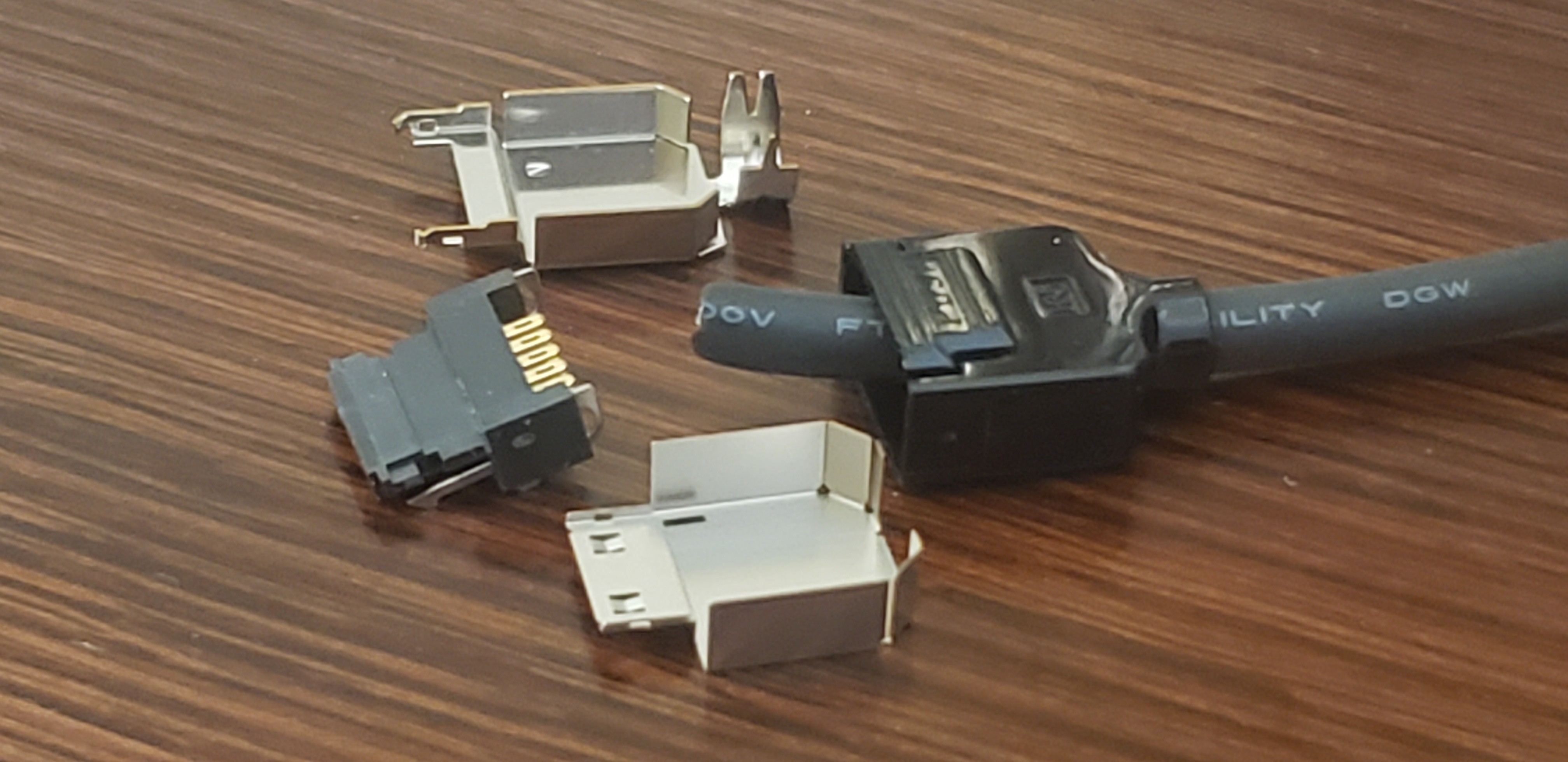
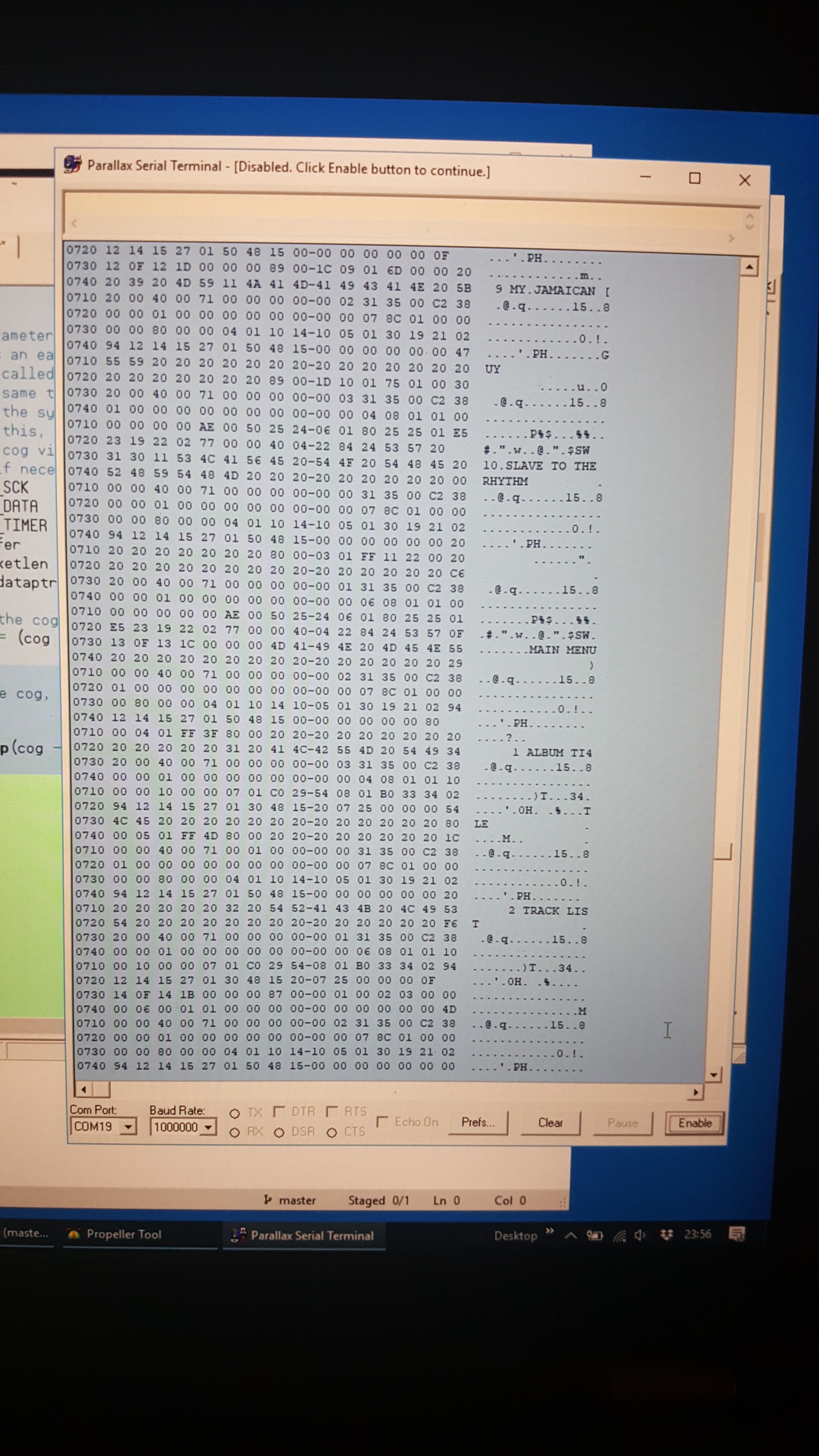

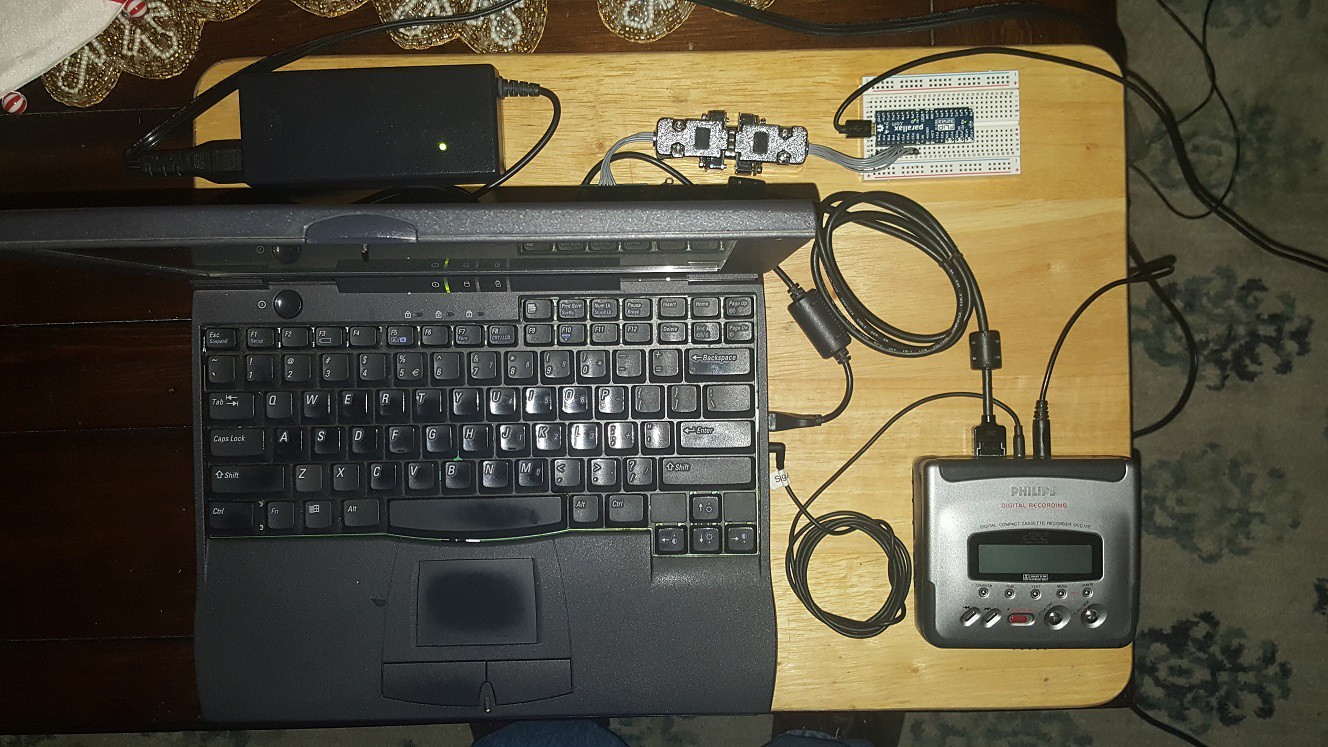
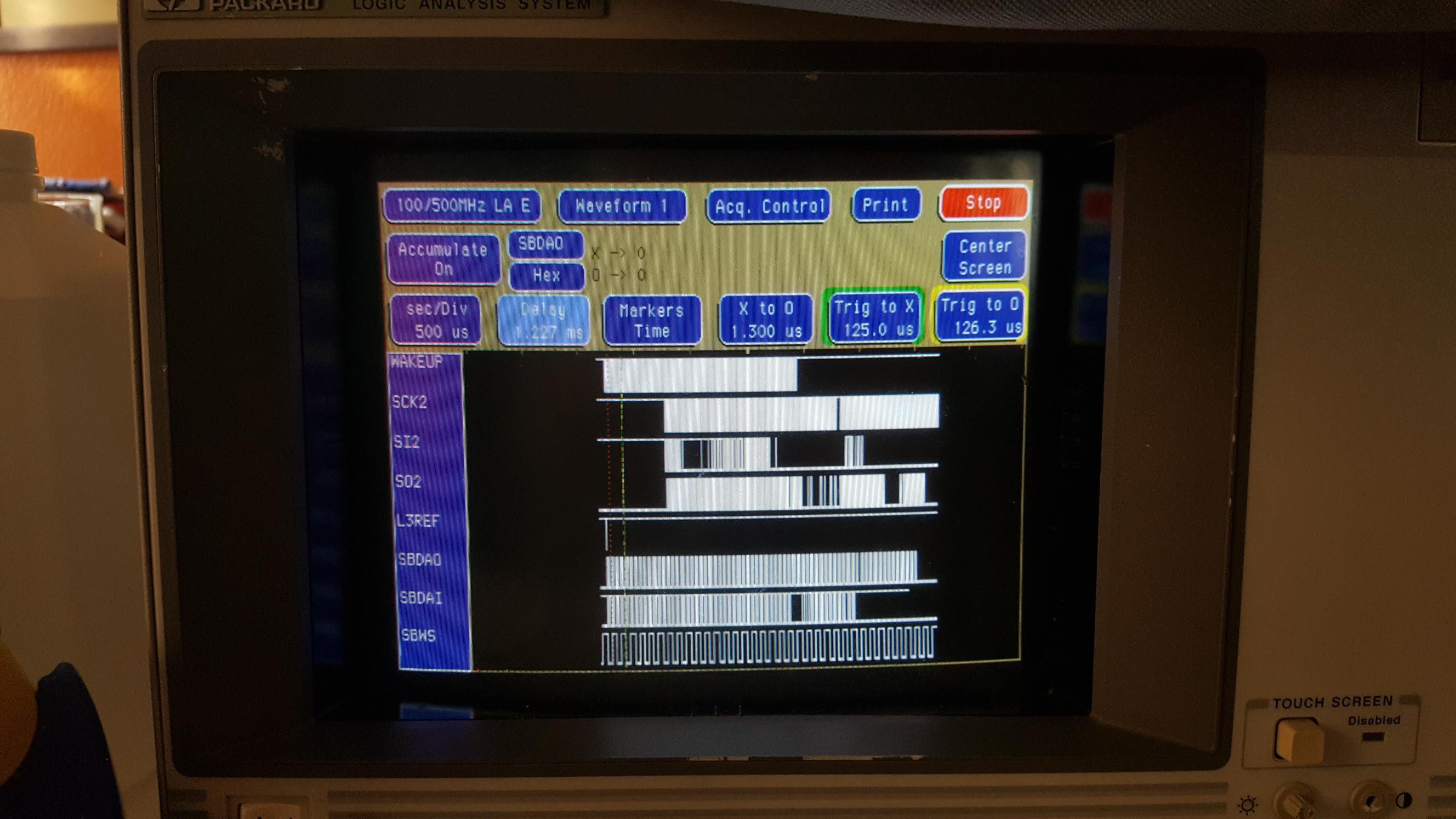
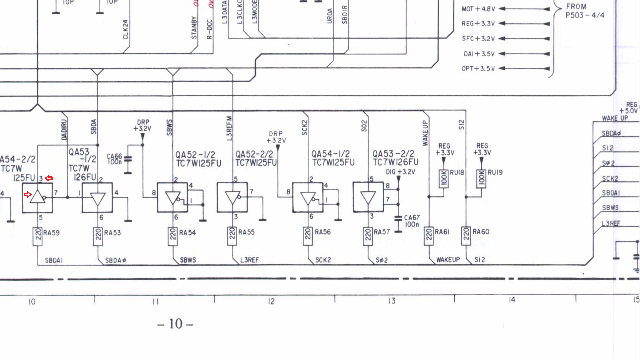
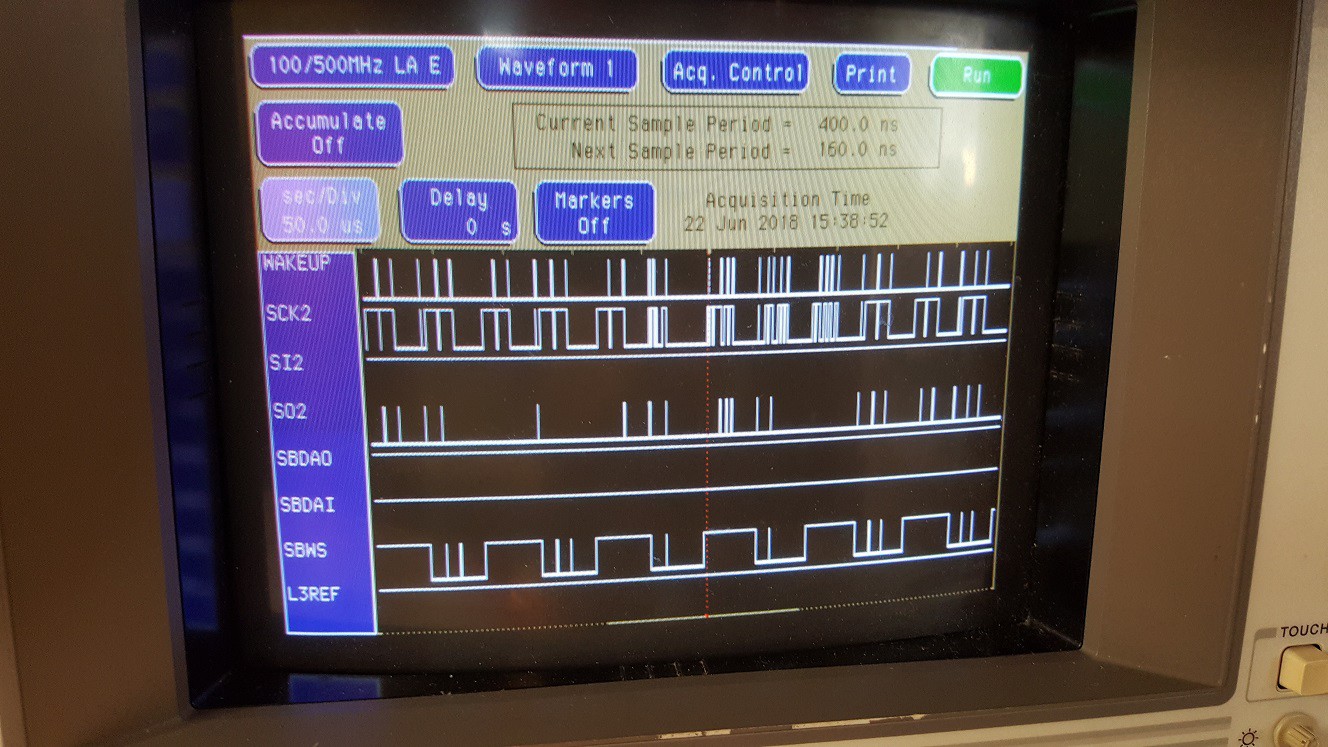

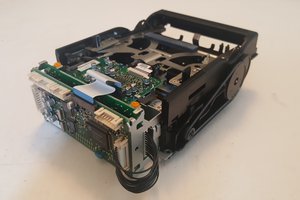
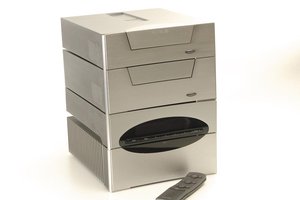
 PP
PP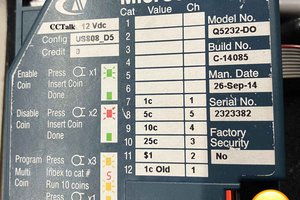
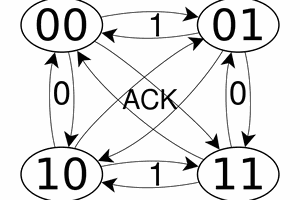
 Yann Guidon / YGDES
Yann Guidon / YGDES